A Comprehensive Look At The 2025 Toyota 4Runner’s Safety Features
A Comprehensive Look at the 2025 Toyota 4Runner’s Safety Features
Related Articles: A Comprehensive Look at the 2025 Toyota 4Runner’s Safety Features
Introduction
With great pleasure, we will explore the intriguing topic related to A Comprehensive Look at the 2025 Toyota 4Runner’s Safety Features. Let’s weave interesting information and offer fresh perspectives to the readers.
Table of Content
A Comprehensive Look at the 2025 Toyota 4Runner’s Safety Features

The Toyota 4Runner, a perennial favorite among off-road enthusiasts and families alike, is expected to continue its legacy of ruggedness and reliability in the 2025 model year. However, the 2025 4Runner will not only offer the same dependable performance but also a significant advancement in its safety features. This article will delve into the comprehensive suite of safety technologies that will be available in the 2025 4Runner, highlighting their importance in safeguarding occupants and pedestrians alike.
The Foundation of Safety: Structure and Construction
The 2025 4Runner’s safety begins with its robust construction. Toyota is known for its commitment to building vehicles with a strong, rigid frame, and the 4Runner is no exception. This rigid frame, coupled with strategically placed high-strength steel, forms a protective shell around occupants, absorbing and dissipating impact energy in the event of a collision. This structural integrity is a fundamental element in ensuring the safety of passengers.
Beyond the Structure: Advanced Safety Systems
The 2025 4Runner will be equipped with an array of advanced safety systems designed to prevent accidents or mitigate their severity. These systems utilize sensors, cameras, and sophisticated algorithms to monitor the vehicle’s surroundings and react proactively to potential hazards.
Toyota Safety Sense 3.0: A Comprehensive Suite of Technologies
Toyota Safety Sense 3.0 is the cornerstone of the 2025 4Runner’s safety features. This suite of technologies includes:
- Pre-Collision System with Pedestrian Detection: This system uses sensors to detect potential collisions with vehicles and pedestrians. If a collision is deemed likely, the system will issue warnings and, if necessary, automatically apply the brakes to help prevent or mitigate the impact.
- Lane Departure Alert with Steering Assist: This system monitors lane markings and alerts the driver if the vehicle drifts out of its lane unintentionally. Steering assist can gently steer the vehicle back into its lane, helping to maintain lane discipline.
- Automatic Emergency Braking: This system can automatically apply the brakes in emergency situations, helping to prevent or reduce the severity of a collision.
- Adaptive Cruise Control: Adaptive cruise control allows the driver to set a desired speed and maintain a safe distance from the vehicle ahead. The system automatically adjusts speed based on traffic conditions.
- Lane Tracing Assist: Lane Tracing Assist helps the driver stay centered in their lane by providing gentle steering input.
- Road Sign Assist: This system uses a camera to recognize traffic signs and displays them to the driver on the instrument panel, providing additional information and promoting driver awareness.
- Blind Spot Monitor with Rear Cross-Traffic Alert: These systems use sensors to detect vehicles in the blind spots and warn the driver of approaching traffic when reversing.
Beyond Toyota Safety Sense: Additional Safety Features
In addition to Toyota Safety Sense 3.0, the 2025 4Runner is expected to feature other advanced safety features, including:
- Driver Attention Monitor: This system monitors the driver’s behavior and alerts them if it detects signs of drowsiness or distraction.
- Advanced Airbags: The 2025 4Runner will likely include multiple airbags, including front, side, and curtain airbags, to protect occupants in the event of a crash.
- Electronic Stability Control (ESC): ESC helps prevent the vehicle from losing control by automatically applying brakes to individual wheels and reducing engine power as needed.
- Traction Control: Traction Control helps prevent wheel spin by automatically applying brakes to individual wheels, ensuring optimal grip on slippery surfaces.
- Hill Start Assist Control: This feature helps prevent the vehicle from rolling backward when starting on a hill.
- Tire Pressure Monitoring System: This system monitors tire pressure and alerts the driver if a tire is underinflated.
The Importance of Safety Features: A Multifaceted Impact
The inclusion of these comprehensive safety features in the 2025 4Runner has a significant and multifaceted impact:
- Enhanced Occupant Protection: The robust structure and advanced safety systems work together to minimize the risk of injury to occupants in the event of a collision.
- Reduced Risk of Accidents: By monitoring the vehicle’s surroundings and proactively responding to potential hazards, the safety features help to prevent accidents from occurring in the first place.
- Increased Driver Confidence: Knowing that the vehicle is equipped with advanced safety features can provide drivers with a greater sense of security and confidence on the road.
- Improved Road Safety for Everyone: The 2025 4Runner’s safety features not only protect its occupants but also contribute to safer roads for everyone by reducing the likelihood of accidents and their severity.
FAQs About the 2025 4Runner’s Safety Features
Q: Will the 2025 4Runner have standard or optional safety features?
A: While specific details are not yet available, Toyota typically includes a comprehensive suite of safety features as standard equipment on its vehicles. It is highly likely that the 2025 4Runner will offer many of its safety features as standard, with some potentially available as optional upgrades.
Q: How do the safety features in the 2025 4Runner compare to other SUVs in its class?
A: The 2025 4Runner is expected to be at the forefront of safety in its class. Toyota is known for its commitment to safety, and the 4Runner is likely to offer a comprehensive suite of features that rivals or surpasses those found in competing SUVs.
Q: Are there any limitations to the effectiveness of the safety features?
A: While the safety features in the 2025 4Runner are designed to be highly effective, it is important to remember that they are not foolproof. These systems are designed to assist drivers, not replace them. Drivers should always remain vigilant and exercise safe driving practices.
Tips for Maximizing the 2025 4Runner’s Safety Features
- Read the Owner’s Manual: Familiarize yourself with the operation and limitations of the safety features in your 2025 4Runner.
- Maintain Your Vehicle: Regular maintenance, including tire inflation and brake inspections, is essential for ensuring the optimal performance of the safety features.
- Stay Alert: Despite the advanced safety features, drivers should remain attentive and avoid distractions while driving.
- Keep a Safe Distance: Maintain a safe following distance from other vehicles to allow for adequate braking time.
- Be Aware of Your Surroundings: Be aware of your surroundings and anticipate potential hazards.
Conclusion
The 2025 Toyota 4Runner is poised to be a leader in safety among mid-size SUVs. Its robust construction, advanced safety systems, and commitment to driver assistance technologies will provide occupants with a high level of protection and peace of mind. By utilizing these features responsibly and maintaining a vigilant approach to driving, drivers can significantly enhance their safety and contribute to a safer driving environment for everyone.

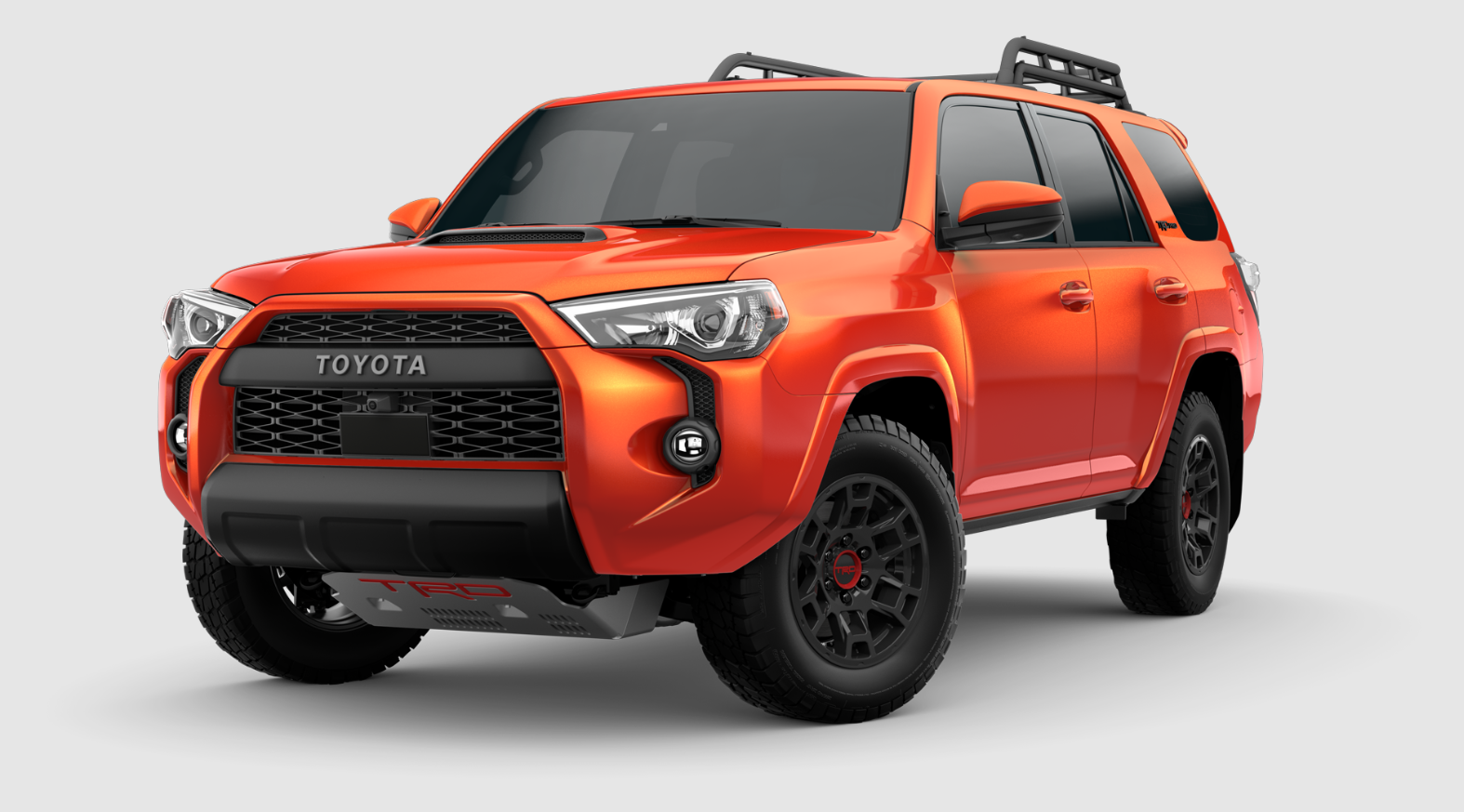

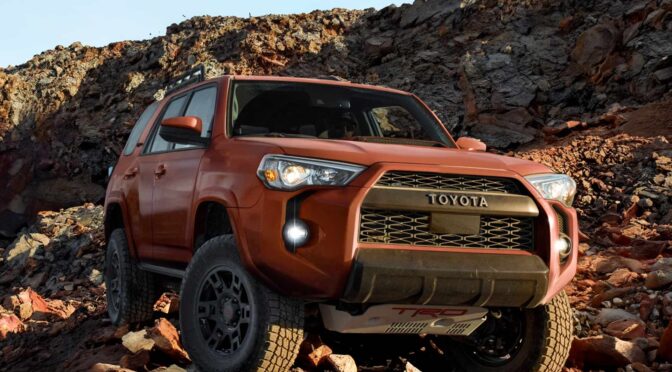
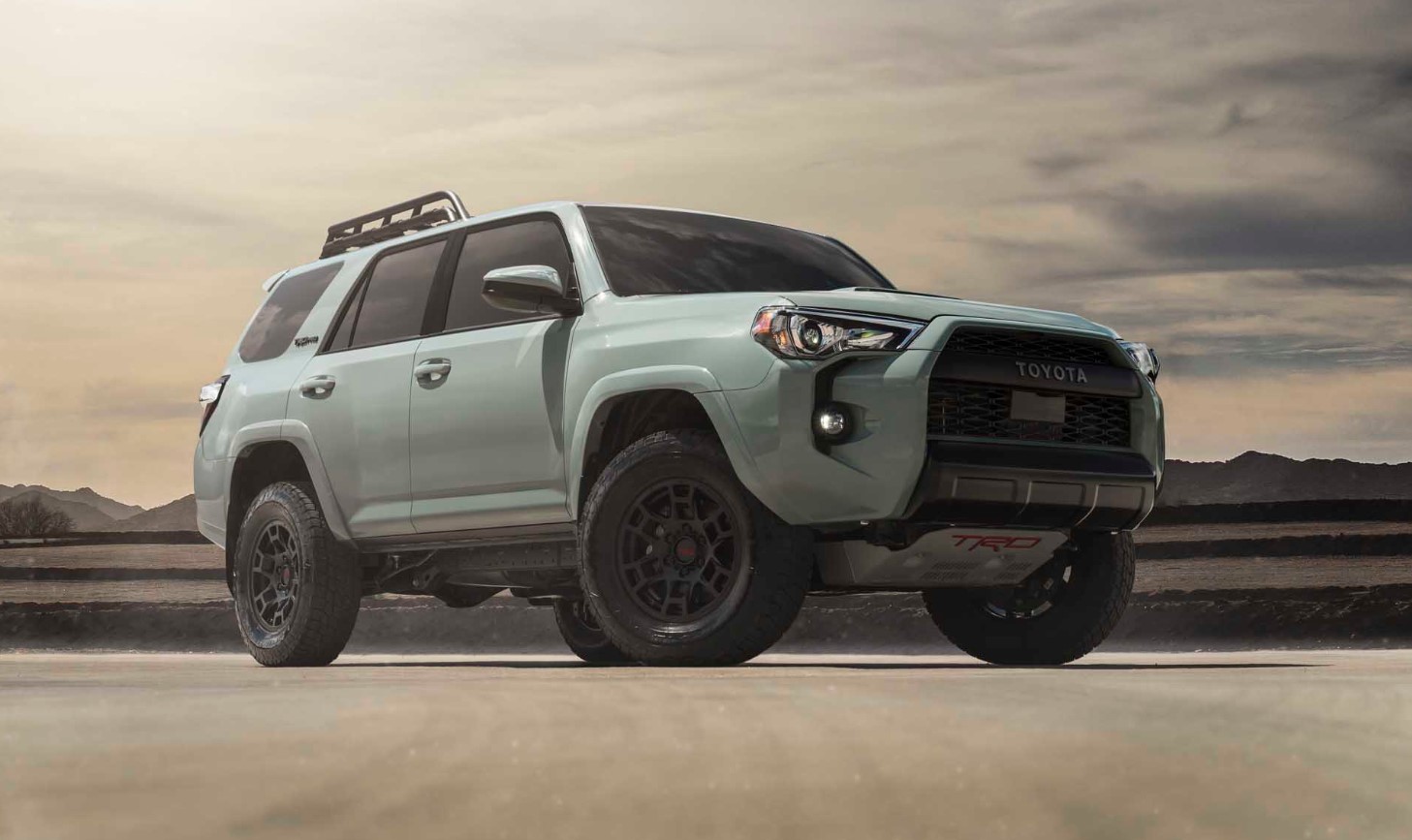
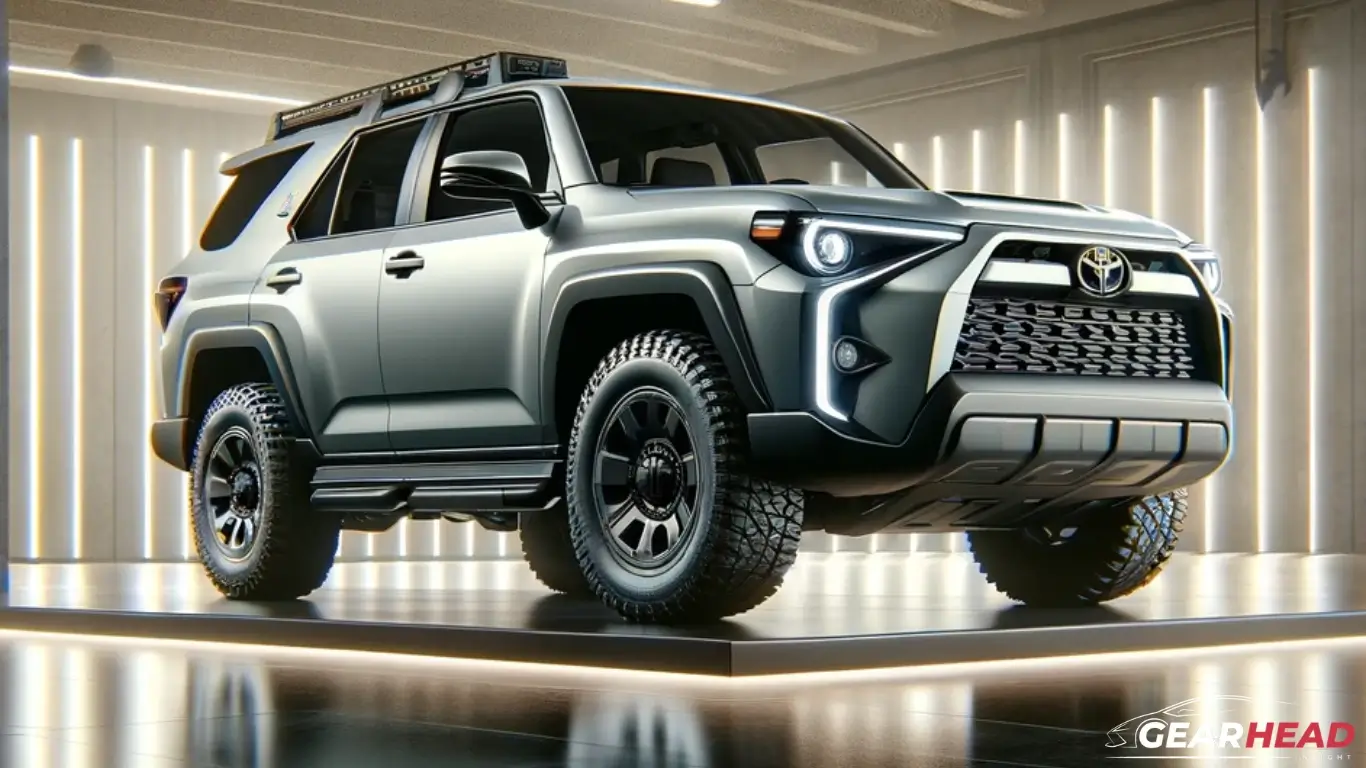
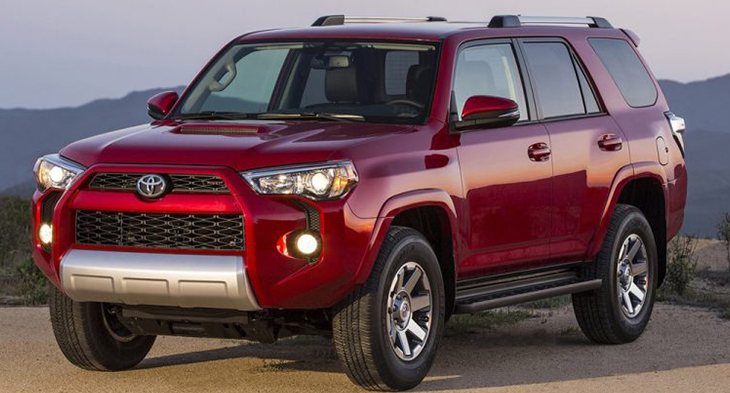

Closure
Thus, we hope this article has provided valuable insights into A Comprehensive Look at the 2025 Toyota 4Runner’s Safety Features. We thank you for taking the time to read this article. See you in our next article!